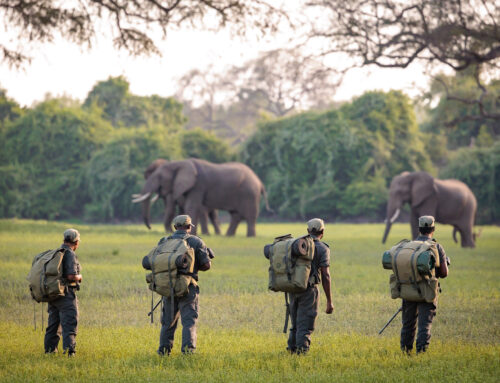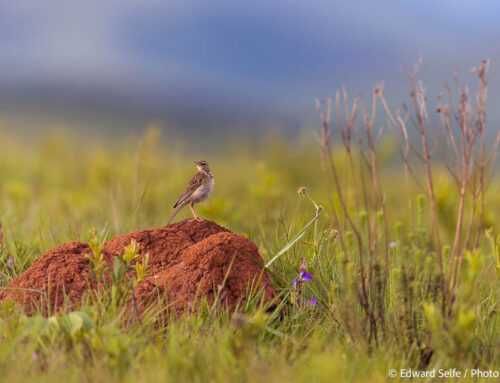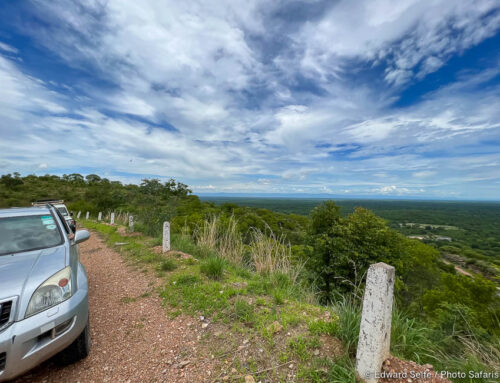June is the beginning of the peak months of safari season in Luangwa. All camps are open, the roads are graded and smooth and the wildlife sightings start to intensify along the waterways.
Unexpectedly – even though this is the southern hemisphere winter – it can be very cold! We recorded 4 degrees Celsius in Mfuwe earlier this month, and there are many mornings when warm fleeces, woolly hats and even gloves are seen on safaris in the National Park.

Without any of the rainy-season clouds, the sky develops an intense blue which is reflected in the rivers and lagoons. This ensures crisp, clear light and images full of detail and sharpness.
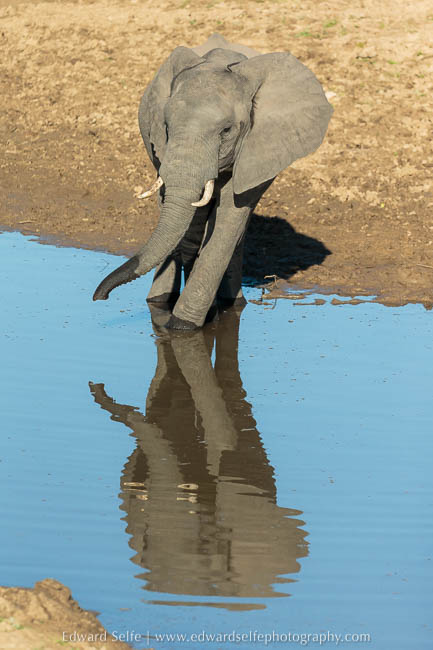
As the water levels drop, elephants visit the lagoons and river more often, requiring water regularly to rehydrate after feeding on increasingly dry grasses and forage. The lower river level also allows herds to start crossing more regularly, which is one of Luangwa’s real photographic highlights.
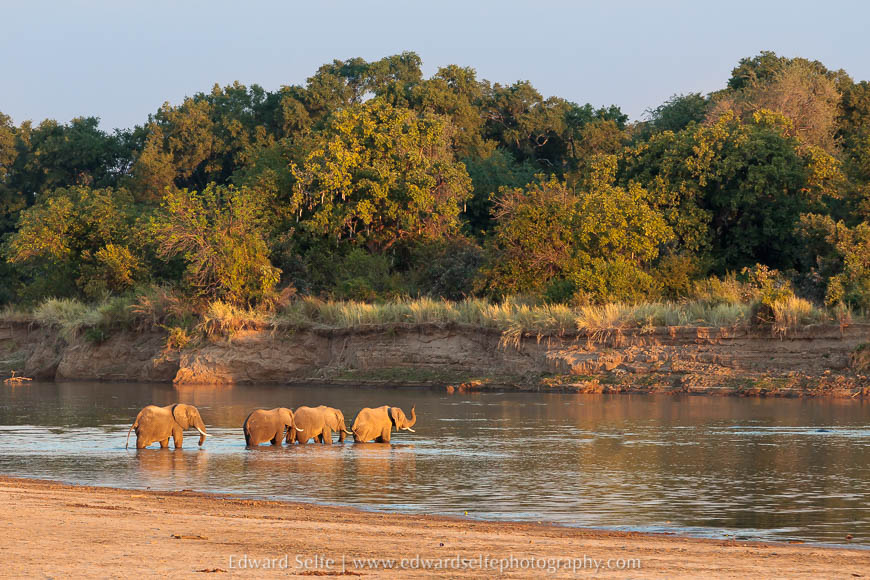
June is also the start of the fruiting months for many trees in Luangwa. Sausage trees seem to bear fruit year-round, but the previous year’s fruit starts to ripen and fall in June and many animals take advantage of this extra bounty. African ebony trees, which often form stunning groves, start to drop fruit, turning their vast canopies into busy feeding sites for primates and birds; elephants and other herbivores are quick to clear up the scraps on the flood, and by night, civets join the party.
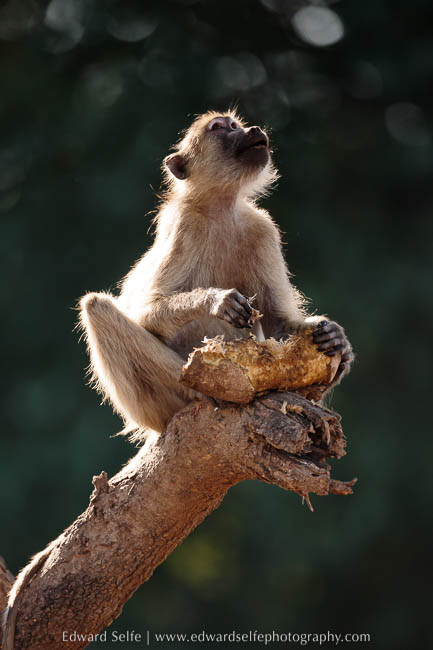
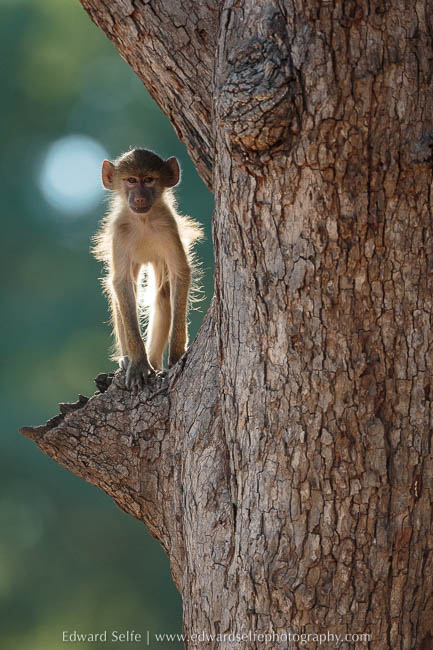
As the grass dies back, predators are easier to find as they patrol territory or search for prey. With long, cool mornings, it’s possible to find them hunting late into the day, enjoying the element of surprise that a daytime attack gives them.
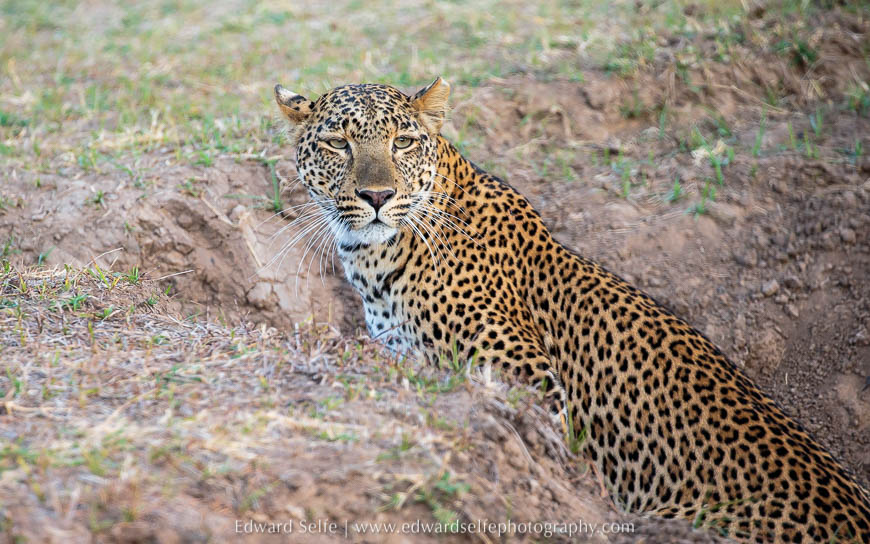
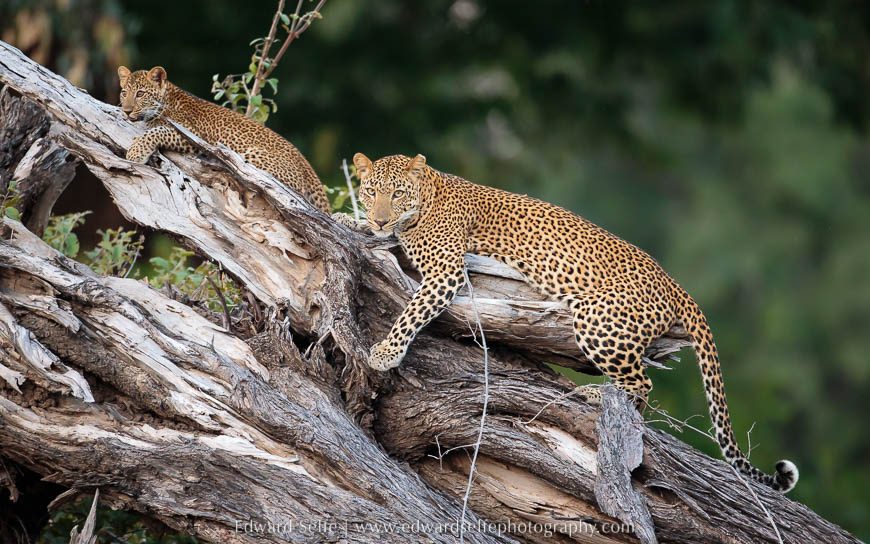
Hippos start to eat the nile cabbage that has covered the lagoons’ surfaces since the rains. With less to eat on their evening forays, they somewhat reluctantly devour the cabbage. With the sudden addition of sunlight, there is a stunning green algal bloom that lasts just a few days and makes the water appear bright green.
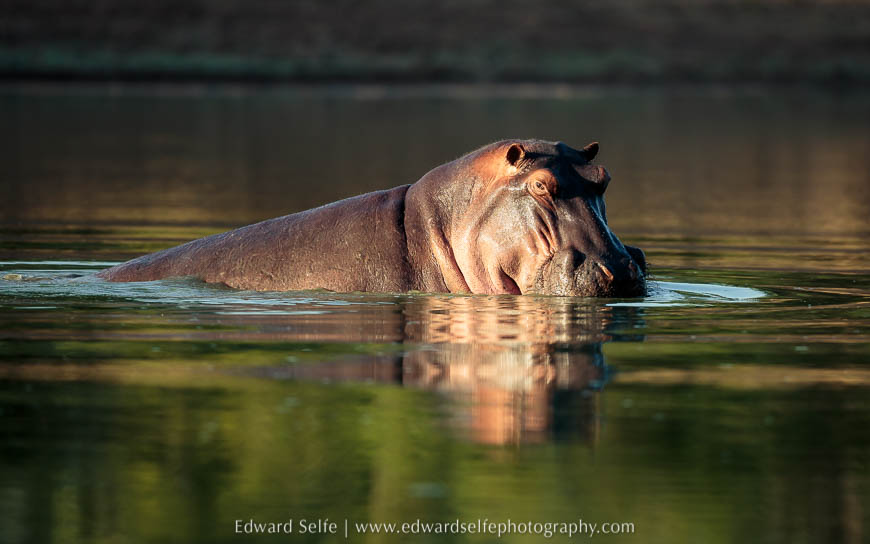
The clean light allows long-range landscape shots, which become harder as the dust accumulates in the air later in the season. In the southern sector of the National Park, the Chindeni Hills offer a stunning backdrop for photos, and elsewhere the mature trees are a great canvas for painting subjects against.
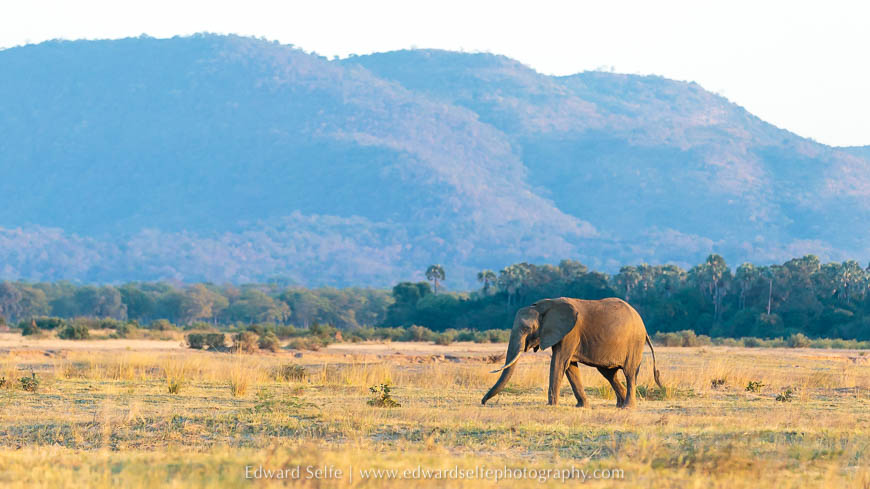
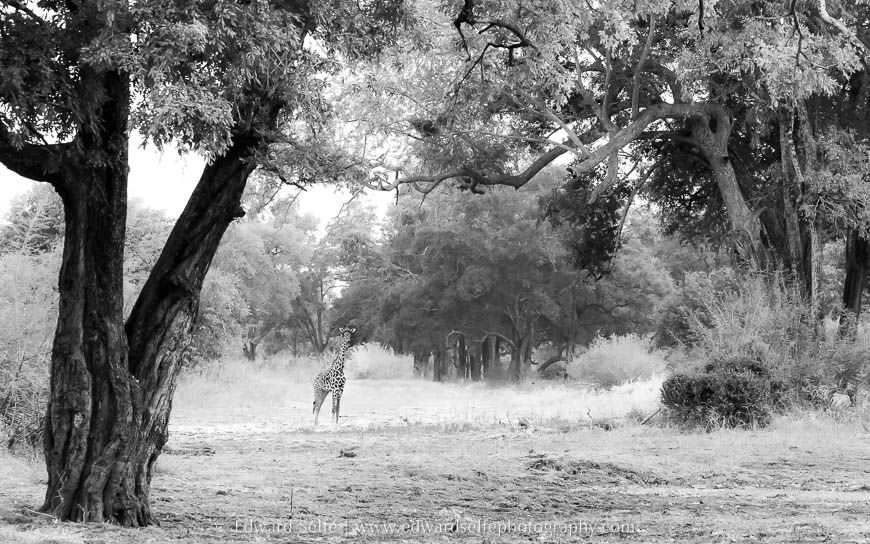
June is a stunning month in South Luangwa, with great light and increasingly good sightings throughout. It’s a month of dramatic change as hippos clear the lagoons of cabbage, the river level drops visibly and the grass starts to deplete rapidly under the weight of mega-herbivores and endless termites.
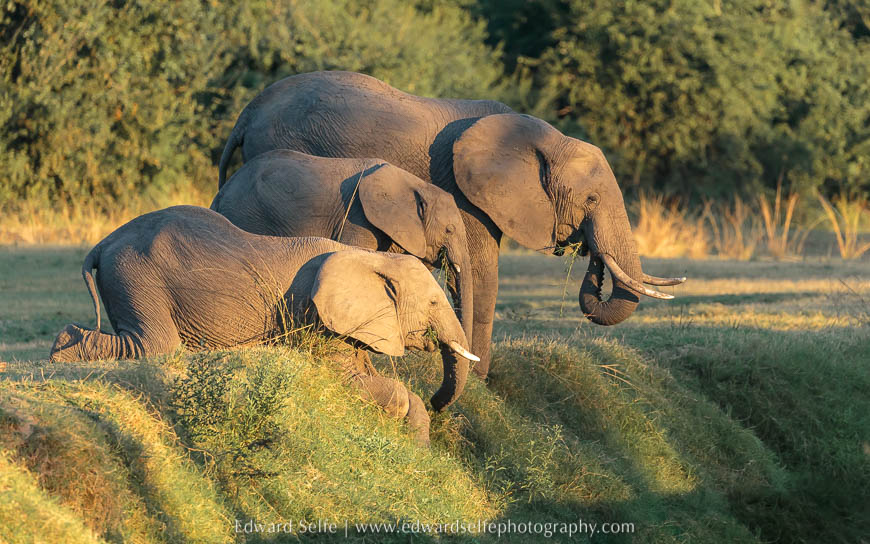
With more and more game seeking forage and water along the remaining waterways, we know that the predator-prey interactions that have made Luangwa famous are bound to start in earnest. We look forward to the coming months!


